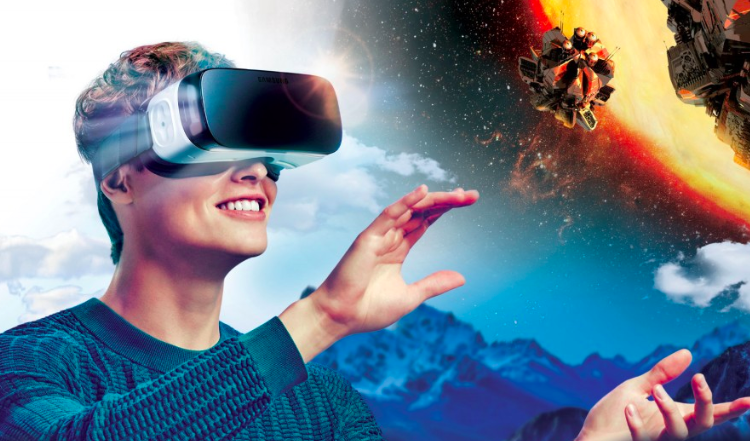Virtual Reality & Marketing: What You Need to Know
VR and AR are two of the most exciting developing technologies of the 21st century, and their applications are expanding all the time. Now, it’s not just gaming, concerts, and live sports events that can benefit from VR—marketing is beginning to embrace these technologies as innovative companies work to engage and excite potential customers.
More and more people want to have experiences from the comfort of their own home. Large retailers have already begun to use VR to allow shoppers to see furniture in their own homes while browsing through listings online. It only makes sense that more businesses are starting to use these new forms of communication to generate buzz and sales. Here’s what you need to know about virtual reality’s current and upcoming role in the world of digital marketing.
Cutting Through the Noise with Innovative Tech
We live in a world of information overload. The internet has made it so easy to upload and send content off into the world that marketers have a huge challenge on their hands: cutting through the noise. Let’s get a little perspective. In the 1970s, people were exposed to an average of 500 ads per day. These days, we’re up to 5,000 per day—ten times the number of forty years ago.
With the obstacle of content saturation in front of them, marketers have to get really creative when it comes to designing campaigns. Innovative tech like VR and AR is a great way to cut through the noise and attract attention. Marketers can harness the curiosity and enthusiasm consumers have for VR, AR, and new tech, to catch customers’ attention. Daniel Kempe, CEO at Quuu.co, was part of an expert roundup about future digital marketing trends, and said that utilizing cool tools to create different types of content is critical for marketing. Kempe said that diversifying content beyond articles and blogs is necessary for companies to stay in the digital marketing game. Utilizing video, VR technology, infographics, and other digital marketing tools can help companies excel and standout.
Marketing is Now an Experience
We demand a lot more from marketing than we once did. In the past, a cute static ad with a fun tagline was enough for us to buy a product. Now, we have so many choices that we want more from marketing: we want an experience. VR delivers that experience—sometimes vividly. Technology is changing our lives and transforming how we communicate, how brands market, and allowing more innovation for creators, and those passionate about storytelling and media.
Video and VR are Here to Stay
Companies that haven’t gotten on board with using video and VR in marketing are getting left behind. There’s no question that these are important tools in marketing, and they’re here to stay. The emotional component of VR make the experience more authentic for consumers and creates powerful communication between the company and the customer. One good example of this is TOMS, the shoe company, which created a VR experience to take customers on one of their “giving trips” to an impoverished area of the world. This was an effective way to tap into consumers emotions and bring them in on the brand’s values. There’s no doubt, virtual reality adds value to marketing campaigns and consumers.
Marketing is Data-Driven and Analysts are In Demand
Marketing today depends heavily on data to inform strategy and decision-making. In addition to bringing on people who know how to harness the power of VR and AR technology, marketers need data analysts to provide insights on what’s working and what isn’t. IBM estimates show that around 90% of the world’s data has been created in the last few years. Sifting through that data to target specific audiences and niches to customize the VR marketing experience takes specialized skills. Giving people what they want involves the efforts of different people with diverse skillsets.
The Future of Marketing
There’s a lot of potential for the future of VR in marketing. One day, VR could be the rule instead of the exception when it comes to marketing mediums. We can make predictions, of course, but all we really know is what’s going on right now. And right now, the marketers who are using VR and AR are making a splash and getting noticed—and that’s exactly what’s needed to sell products.

